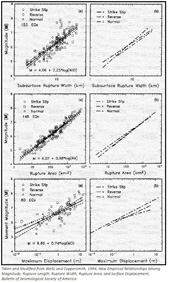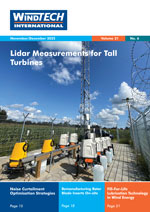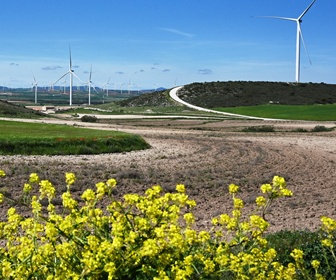 Taking a Closer Look at Faulting and Seismic Hazards for Wind Farms
Taking a Closer Look at Faulting and Seismic Hazards for Wind Farms
Across much of the world earthquake activity is a common occurrence. Although some places have more seismic activity than others, hazards from earthquakes may have a wider reaching long-term impact on wind farms than that expected by many in the design community. Even though a site may not have recent seismic activity, this does not preclude it from future seismic shaking or ground rupture. Within areas that have active seismic motion, seismic and fault hazard investigations are an important part of project development. For those not familiar with these types of investigations there are various review components which can be obscure without a guideline for interpretation. Even for technical specialists, variable code requirements and local geologic differences make individual project reviews difficult to achieve if someone is not familiar with a standard guidance document. The intent of this article is to discuss these considerations during wind farm seismic evaluations.
By Daniel E. Kramer, Petralogix Engineering, and Garret Hubbart, Neil O. Anderson & Associates, USA








